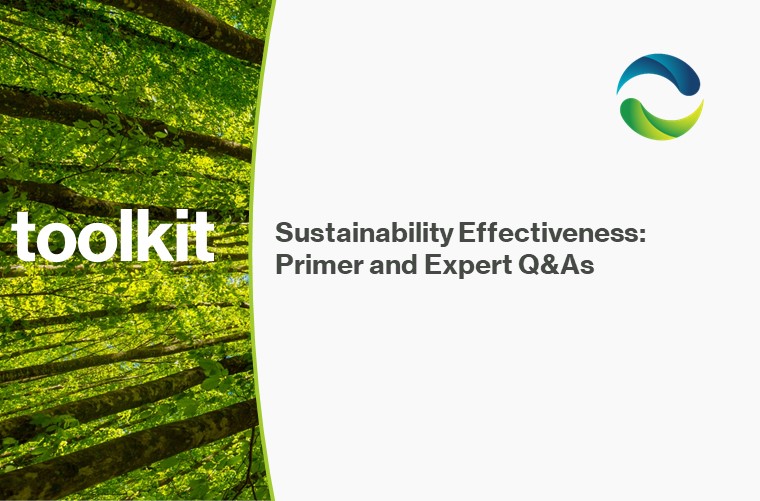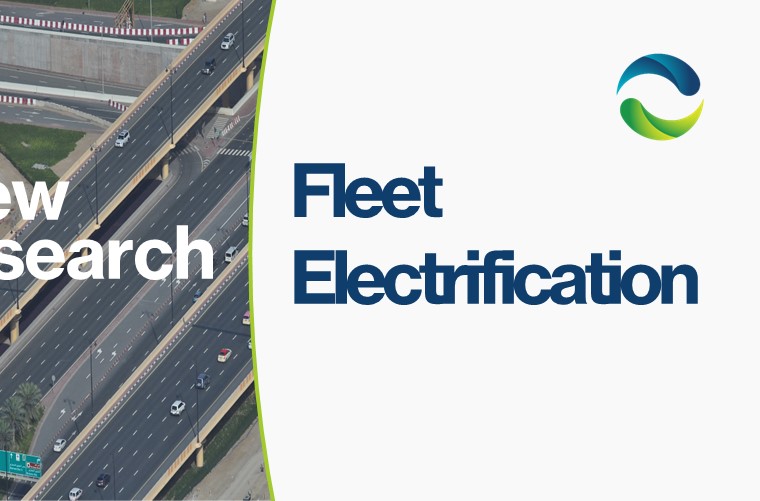Concrete is estimated to account for about 8% of global carbon emissions, to the tune of 4 billion tons of CO2 released annually. As the infrastructure industry faces increasing pressure to evolve toward higher tech and lower emissions, no area is riper for climate-oriented innovation. By addressing the large carbon footprints of primary inputs like concrete, companies are finding ways to lower costs, decrease waste, and provide crucial emissions reductions all along the value chain. Many of these initiatives also improve on the performance of these materials, creating better, stronger structures with lower climate impact. A quick scan of the industry turns up a number of different approaches to tackling concrete emissions.
Carbon Cure, a Nova Scotia-based company, has developed a technology that injects liquid CO2 into fresh concrete. This results in higher compressive strength of the end product, requiring less cement to achieve strength requirements and lowering materials costs over time. Their equipment can be connected to any ready mix concrete mixer, and can be used for all applications as traditional cement.
Blue Planet is another company with a technology for permanently sequestering carbon in concrete, through combination of waste CO2 and waste calcium to create synthetic limestone aggregate. This waste calcium can come from many sources, including demolished concrete, cement kiln dust, steel slag, sly ash, and more. Blue Planet’s model can pull CO2 from many sources, including cement plants, iron and steel plants, refineries, and direct air capture. It is also able to use unpurified CO2 sources, whereas other carbon concrete technologies require processing for CO2 sources.
Carbicrete, a Montreal-based concrete block producer, has managed to cut cement out of their concrete all together. By replacing cement with steel slag, an industrial waste byproduct of steel production, and then curing their blocks and injecting CO2, they are able to both remove an emissions-intensive input (cement) and permanently sequester additional CO2. While they currently offer concrete blocks as opposed to the more common ready mix concrete, they another alternative for infrastructure companies to lower the emissions of their projects.
Swedish cement producer Norcem is taking a different approach to decreasing their emissions, by designing and building the world’s first zero emissions cement plant. Their plant will include carbon capture technology to decrease the CO2 byproducts from their cement production, and they will also decrease their footprint through partnerships with alternative and renewable energy suppliers. Through these measures as well as developments in heat capture tech and new formulas of lower emissions cement, Norcem is leveraging their position within the concrete supply chain to minimize their environmental impact and maximize their position as a positive force within the industry.
German company CARBOCON has created their own methods for improving the physical and environmental performance of concrete, by reimagining the methods through which it is used for building. While reinforcing concrete with steel rebar has been standard practice for decades, the use of steel in reinforcing concrete structures decreases the lifespan of the product, as steel bars rust and corrode over time. By developing carbon-based reinforcement materials such as carbon-basalt rebar, carbon fiber mats, and other hybrid carbon fabrics, CARBOCON is able to avoid emissions, utilize waste CO2 as an input, and develop new technologies for structural concrete building.
While these examples of developments in lower-emissions materials are only a handful of the technologies currently under development, they showcase the unique approaches some companies are taking to lead the industry forward toward zero emissions and zero waste.
Subscribe to the Climate Action Blog to be updated when we post new content, or contact us at info@theclimateboard.com for more information on joining us to accelerate business action on climate change.



